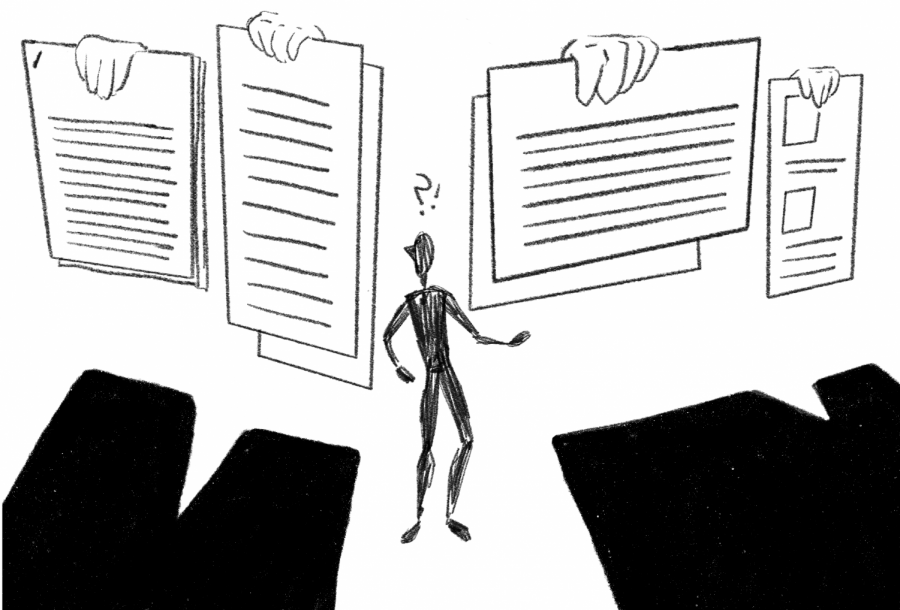REAL ID Will Further Divide America and Actually Threaten Our National Security
March 23, 2020
As October of this year approaches, countless people in Cambridge, as well as millions across the nation, will be faced with the task of obtaining a REAL ID, a “revised” standard form of identification for US residents. The REAL ID Act was passed in 2005 as a way to increase internal security under the recommendation of the 9/11 Commission. Although the act might have been relevant fifteen years ago, the current implications of such a law pose even greater risks to US national security and instantly worsen the blatant discrimination the government imposes on immigrants and their families.
Under REAL ID, drivers’ licenses will no longer be acceptable forms of identification for boarding domestic flights or even entering government buildings such as federal courthouses. Requirements for obtaining a REAL ID are cumbersome, including no less than a Social Security card, tax forms, proof of residency in Massachusetts, and a passport, birth certificate, or immigration form. Already, residents across the country are facing difficulties in providing these documents because of situations such as lost, or in some cases, foreign birth certificates or outdated immigration forms. These problems disproportionately affect immigrants as well as those without permanent housing.
Furthermore, the creation of REAL ID actually creates a weak point in our national security. Starting in the fall, all states will have to link the information on REAL IDs as well as all of their Department of Motor Vehicles’ records to a national database, something that experts say would create an “irresistible” target for cyber terrorism and identity theft. In addition, given their ability to search the database, the US government, already engaged in mass surveillance of our calls and digital communication, would be able to further surveill and discriminate against individuals.
Most troubling is the fact that REAL ID could eventually replace drivers’ licenses as national identification, causing what some might call a two-tiered America based on immigration status, divided between those who have the ability to obtain new IDs and those who cannot. The Department of Homeland Security itself acknowledges the dangers that REAL ID might pose, cautioning against “assuming that possession of a non-compliant card indicates the holder is an undocumented individual.” Those without the ability to access REAL ID could become targets for ICE, become unable to gain employment in certain positions, or have their travel limited. Thus, by most definitions, REAL ID is a kind of an internal passport. Often deeply racist and restricting for certain individuals, REAL ID threatens to push the US closer towards an authoritarian regime for the sake of counter-terrorism, encroaching on personal privacy. Only three countries still use internal passports: Russia, China, and North Korea, all of which are countries where personal freedom is rare.
Once viewed as a necessary step towards curbing terrorism, the REAL ID Act is yet another law meant to intrude on privacy and divide the nation between those documented and those undocumented. States are not ready to fully implement a law with such an effect as this one. If another attack on the level of 9/11 is on the horizon, ID reform is not the solution to protect us.











